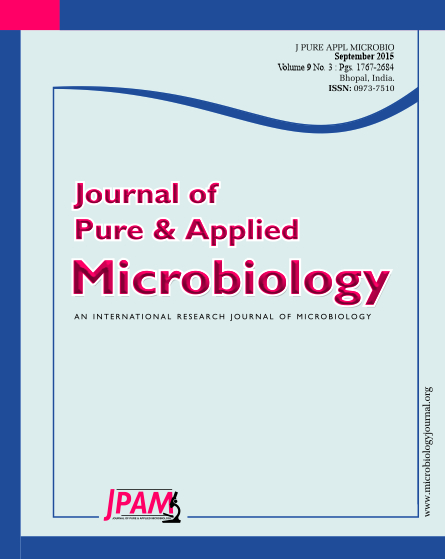Genetic variation of some safflower genotypes differing in salinity tolerance were analyzed using microsatellite markers, seed oil, and fatty acid composition. Molecular analysis revealed high polymorphism among the genotypes. Cluster analyses based on the Jaccard’s similarity coefficient separated the safflower genotypes into two distinct groups and the physiological characters of these two groups were significantly different under salt stress conditions. Analysis of variance for seed oil content and fatty acid composition revealed significant differences among the genotypes. The salinity tolerant genotype, PI-506426, had the highest seed oil content and percentage of linoleic acid in its oil. These results indicated that high genetic variation observed among safflower genotypes could be useful for improving the salinity tolerance of safflower genotypes with high quantity and quality of seed oil. The potential of the microsatellite markers for marker assisted selection could be tested by intercrossing the genotypes from diverse groups separated by microsatellite data with different salinity tolerance ability.
Carthamus tinctorius L., Fatty acid composition, Genetic diversity, Safflower, Salinity, SSR markers
© The Author(s) 2015. Open Access. This article is distributed under the terms of the Creative Commons Attribution 4.0 International License which permits unrestricted use, sharing, distribution, and reproduction in any medium, provided you give appropriate credit to the original author(s) and the source, provide a link to the Creative Commons license, and indicate if changes were made.


